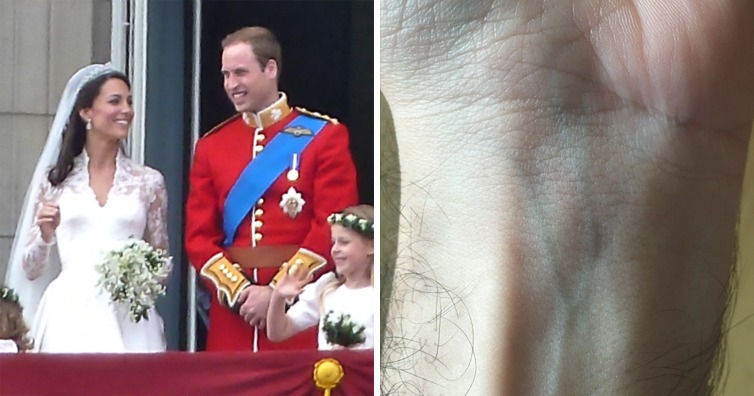People have been referring to aristocrats as “blue bloods” for centuries. But what’s the origin of this weird term? What did the noble’s blood had that made our ancestors view it as blue?
Let’s find out.
Surprisingly, the nickname “blue bloods” did not originate in England but rather in Spain. During the 8th century A.D., Spain, as well as a large portion of Europe, was ruled by Moors – the Muslim population of North Africa, Sicily, Portugal, Malta and the Iberian Peninsula. At the time, Spanish people were white in color but when they started mixing with the Moors, they began producing the dark-skinned people we now see in Spain. (the article continues after the ad)
Certain members of the Spanish aristocracy however, chose not to intermarry with the Moors and were allowed to live in the mountains of Castile. While in the Castile mountains, they not only geographically set themselves apart from the foreigners, but they also tried to differentiate their appearance by deliberately avoiding the sun in order to preserve their light skin. You see, people with dark-skin were seen as low-class workers because they were descendants of the invaders who had to work outdoors, under the sun.
This gave the aristocrats a pale skin which basically allowed their blood vessels to show through their skin in blue color – just like any normal pale skin human. Because these blue veins were only seen at the nobles and upper-class people of Spain, people started to refer to them as “blue bloods”.
The nickname stuck throughout the centuries and got into our language when the English learned about it and applied it to their own royal families.
If you like what you read, then you will definitely love this one: This Is How French People Were 100% Sure That A Royal Newborn… Was Indeed Royal
Photo: Wikimedia, I’m A Useless Info Junkie
Photoshop: I’m A Useless Info Junkie
Sources: Why is the term “blue blood” used for aristocrats? | Ever Wonder Why?: Here Are the Answers!

